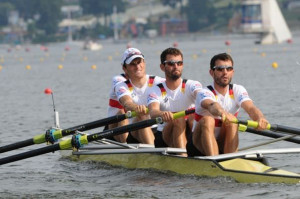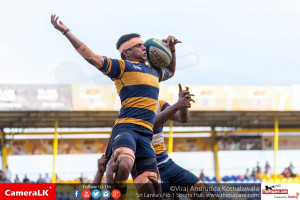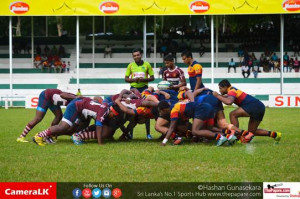‘Stay in the Boat’ is a maxim I heard being used by the New Zealand Rowing teams during the Olympics so crews would mentally concentrate on the task at hand and not think about the finishing line.
It was identified that crews were taking a lead because of superior technique but were then getting run down over the last 500 metres because their concentration and focus moved from what was happening in the boat to what would be happening in the future, specifically at the finishing line.
“What has this got to do with Rugby” I hear you say. “Plenty” is my reply.


Let us take defending a scrum five metres from your own try line as an example of how the forwards each have a role to play. Once the scrum is called, and before it is set, we need the communication lines open between the leaders and the rest of the forwards. Encouragement is given and the pack is reminded of how we defended this situation in training during the week. 
All of this is happening before the referee has initiated the scrum. Now once the scrum sequence starts the importance of our eight forwards working together cannot be understated. The hooker asks the binds to be tight with his props and the whole front row must be square with the correct body shape so the power of the pack can be transferred through them to put pressure on the opposition. The locks must be low and tight as they are the engine that provides the power for our scrum. The flankers fire the props into contact and are constantly stabilising the power of the forwards to keep the scrum square. The number 8 keeps the locks tight and fires the whole pack into action as 
Untidy ball from a scum that is travelling backwards gives a defensive backline the best opportunity to close down an attack so the forwards can get out of the scrum and connect with the backs in forming a defensive wall.
So now we have successfully defended a five metre scrum our focus moves to the next task of defending our line. But that is another story for another day.















